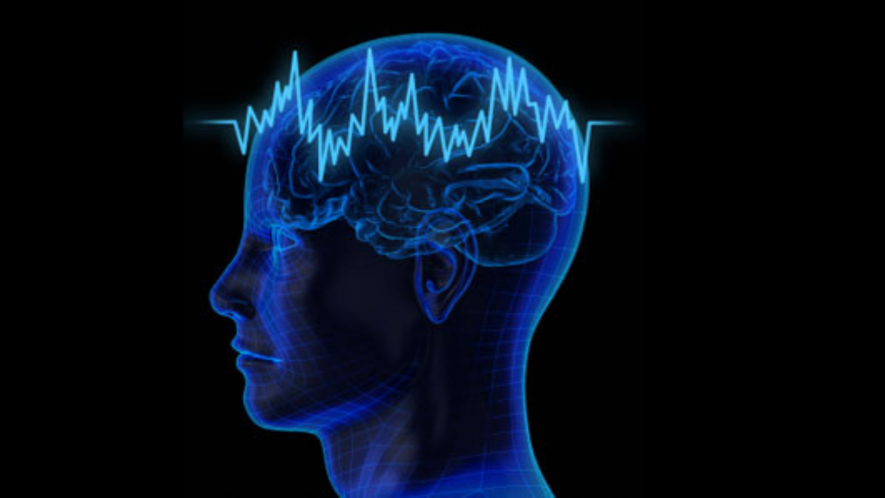US Research Agency Launches Massive Projects to Make Map of Human Brain

Image Courtesy: Wikimedia Commons
Perhaps one of the most ambitious challenges of neuroscientists is preparing a map of the human brain. Given the complexities involved, the detailed brain map has not materialised yet, even though it has been a long-held goal of neuroscience. For this purpose, the National Institute of Health (NIH), one of the USA’s premier institutes, has given an impetus to the brain map initiative in the form of two transformative projects.
On September 22, the NIH announced new projects supported by the Brain Research Through Advancing Innovative Neurotechnologies (BRAIN) initiative, a nine-year-old effort involving multi-billion dollars.
The two new projects under BRAIN would be the BICAN (The BRAIN Initiative Cell Atlas Network) and the Armamentarium for Precision Brain Cell Access. “These BRAIN 2.0 projects aim to transform our understanding of the brain cell types and the precise tools needed to access them, bringing us one step closer to unravelling the complex workings of the human brain,” said the NIH release briefing the announcement.
The BRAIN initiative was launched back in 2003 by then US president Barack Obama. The initiative focused mainly on tools and also developed a programme named the ‘BRAIN Initiative Cell Census Network’. These early efforts resulted in the publication of a plethora of research papers. These research projects focused on slightly different aspects of the brain, especially the cells in the brain. They combined data about the genetic features, shapes, locations and electrical activities of millions of brain cells and identified more than hundreds of cell types across the primary motor cortex.
The primary motor cortex is the brain region that is involved in initiating complex voluntary movements. The initial research of the BRAIN initiative considered brain cells that coordinate movement in a range of species like mice, marmosets and humans.
Importantly, the hundreds of researchers involved in the project are about to complete a cell census for the mouse brain. Experts expect it will be a valuable resource and widely used freely across the spectrum of neuroscience researchers.
Now, the BICAN aims to map and characterise the neural and non-neural cells in the entirety of the human brain, which is roughly 200 billion cells. This is nearly 1000 times larger than the mouse brain. Worth remembering at this point is that the human brain consists of neurons and other types of helping cells, like the glial cells. Neurons are the most important and researched cell types of the brain. Nevertheless, the non-neural cells (like the glial cells) also play enormously important roles in the overall functioning of the brain, as new research has begun to decipher.
Hongkui Zeng, director of the Allen Institute of Brain Science, who has secured a third of the BICAN funding, in a statement said, “It is using similar approaches but scaling up.” Zeng also believes that if completed, the project results would serve neuroscientists what the Human Genome Project served the geneticists.
The BICAN is a mammoth project that involves 500 million US dollars. “BICAN will support 11 grants projected to total $100 million annually over five years,” said an NIH release.
Researchers who will be involved in the BICAN project will add data from human brains that will contain information about a range of ancestries and ages, even fatal development. Joseph Ecker from the Salk Institute for Biological Studies and the lead of BICAN epigenetics studies said in a comment—“We will try to cover the breadth of human development and ageing.” Experts expect the project to involve several hundred human brains.
On the other hand, the Armamentarium for Precision Brain Cell Access “will support seven grants projected to total $36 million over three years in the first project phase,” says NIH. This project primarily aims to produce advanced technology and leverage new brain cell census data.
Experts believe this project will develop viral vectors along with lipid nanoparticles that can genetically tweak certain types of brain cells. They also think these kinds of tools can help scientists study cell function and develop ways of treating diseases.
Neuroscientists expect the new projects to be more illuminating in understanding the foundational principles of brain sciences, the microcircuits in the brain formed amongst different cells which form the basis of behaviour, and psychology along with new ways of treating brain disorders.
Get the latest reports & analysis with people's perspective on Protests, movements & deep analytical videos, discussions of the current affairs in your Telegram app. Subscribe to NewsClick's Telegram channel & get Real-Time updates on stories, as they get published on our website.
















